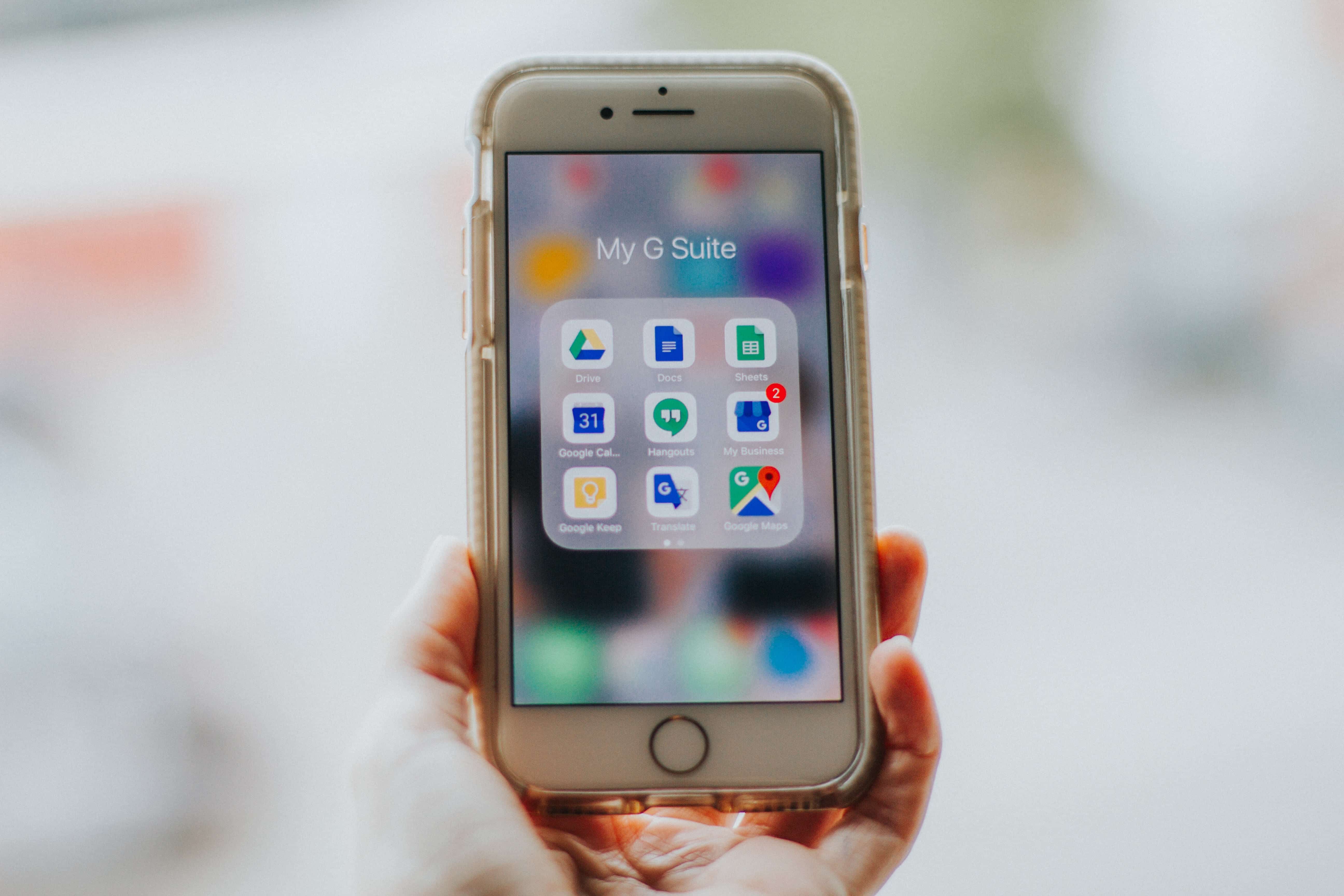At the height of the pandemic in 2020, Google’s teleconferencing platform, Google Meet, was adding an average of 3 million users per day. For many businesses, this newfound dependence upon virtual forms of communication has persisted, even after the lifting of pandemic precautions.
Today, with millions of people continuing to work remotely or within hybrid arrangements, business leaders must adjust to this norm. Also, they need to find new ways to keep their employees engaged both in and out of the office. Fortunately, offering accurate transcripts of conversations and Google Meet video calls can help to improve information retention, comprehension and accessibility for all employees – regardless of how they’re tuning in.
How are businesses using transcripts?
Transcription refers to the process of converting audio or video to text. Sometimes companies will make transcripts publicly available within media hosting and video conferencing platforms. In other scenarios, companies may distribute them to employees or meeting attendees. A transcript serves as a written account of a conversation, lecture or webinar and documents. The word-for-word account of communications is helpful in many situations.

What Are the Benefits of Transcription?
Transcripts serve as a valuable accessibility tool for individuals who are Deaf or hard of hearing, as well as those with ADHD and auditory processing disorders. The textual rendering of a conversation helps viewers or meeting attendees follow along more effectively. Transcripts reduce the dependence on the audio of the video call, giving a second input method for information.
Transcribing virtual meetings can also eliminate the need for tedious notetaking, thus improving real-time engagement. Attendees with access to an accurate Google Meet transcript after a meeting will have an easy-to-use, comprehensive reference tool. With that transcript, they can study and review the meeting information long after the conversation ends.
Transcription can also be a valuable resource for any company choosing to make recordings of their meetings or webinars publicly available online. Not only do transcripts improve the overall accessibility of the video content, but posting a written transcript online to supplement a video allows search engines to “crawl” the content. As a result, adding a transcript is a way to boost a brand’s SEO ranking.

Does Google Meet Have Transcription?
Google Meet offers users the ability to enable transcription within the conferencing platform when attendees join via laptops or computers. The Google Meet transcription tool allows meeting attendees to enable or disable transcription at their leisure. Once the meeting ends, transcripts will save within the meeting host’s Google Drive for up to three months. The transcripts will also attach to the meeting’s Google Calendar event for easy access.
Google Meet uses technology known as Artificial Speech Recognition to transcribe audio to text during Google Meet communications. ASR technology is quick and efficient, but it tends to miss the mark on accuracy. Studies show that Google’s ASR software generally achieves accuracy rates between 79% and 86%. Those numbers might be impressive for a solution that uses only Artificial Intelligence. However, these accuracy rates fall short of the high benchmarks that accessibility guidelines like the ADA require.

How to Get a Transcript from Google Meet
Those looking to transcribe Google Meet communications more accurately may choose to use third-party transcription services like Verbit. Verbit employs a dual approach to transcription that combines advanced AI software with the expertise of human transcribers. This approach creates final transcripts with accuracy rates as high as 99%.
If your project requires a Google Meet recording transcript for past communications, you can follow a simple upload/download process. Once you’ve uploaded a Google Meet recording to Verbit’s platform, artificial intelligence software will generate a first draft. Next, Verbit’s professional transcribers review and edit to ensure optimal levels of accuracy. Verbit will then make the final version available for download in a transcript format such as a .vtt file. You can then upload that file to media hosting platforms like YouTube or manually distribute it to attendees via email.
For Google Meet live transcription, Verbit offers easy-to-use software integrations that make real time transcription more accurate and efficient. The transcripts that Verbit’s team produces during live communications always undergo reviews and edits for accuracy after a conversation. This step helps ensure the transcript provides equitable messaging for all meeting attendees and viewers.
Verbit’s final transcripts include accurate speaker markings to note who said what. The final product also helps hosts and attendees because Verbit offers them in a searchable transcript format. Searchable transcripts are an excellent resource because they allow a user to search for specific keywords to locate the desired portion of a meeting or conversation. This significantly cuts back on time people might otherwise spend rewinding and fast-forwarding through big chunks of a lengthy discussion. Instead, they can quickly locate one particular moment, speaker or subject. Verbit’s transcript files also offer accurately timed captions for video content. These file formats are compatible with popular media hosting platforms. With Verbit’s additional software integrations, creators can also save time captioning the content they post on these sites.

Verbit: Accurate, Efficient and Inclusive
Improving workplace communication can boost overall productivity. However, the growing popularity of virtual forms of communication poses challenges for business leaders and employees alike. These issues often result from the wide range of environments from which an attendee may be joining a discussion. Accurate transcripts help to avoid miscommunications or misunderstandings that may arise due to background noise or periodic lapses in audio quality. Transcripts are also a valuable tool for improving accessibility for individuals who are Deaf or hard of hearing and others who may need additional support to engage meaningfully.
Verbit’s full suite of accessibility technology solutions includes captioning, transcription, translation and audio description. By partnering with Verbit, individuals can foster more effective, inclusive communications in a changing work landscape. Verbit’s offerings are constantly evolving to stay current with trends across multiple industries. Reach out to Verbit today to learn how our workflows and seamless integrations support business leaders’ efforts to boost productivity and streamline communication.




